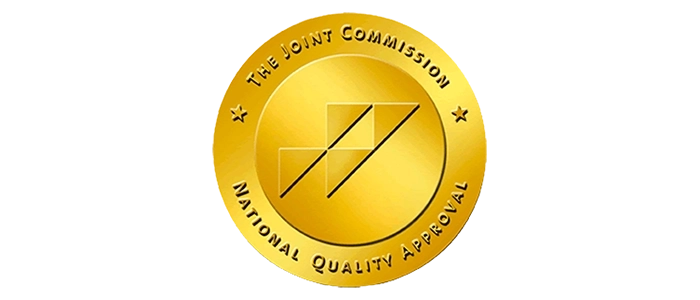“Does therapy work”? This is a reasonable question asked by fans and critics alike. Mental health services tend to be relatively new, and the scientific method is just recently being applied to measure the effectiveness of various interventions. At this stage, there are many excellent studies geared towards accurately tracking the effectiveness of therapy and better yet, matching different therapeutic services to different disorders. The ultimate goal is to ensure that services are effective, that people have relief quickly, that the benefits outweigh the costs, and to understand the longevity of such benefits. Seligman (’95) and many others have conducted research indicating the effectiveness of psychotherapy in the treatment of mental health disorders that often out-performs medication in the long-term.
Most of the data that is now accumulating has focused on treatment protocols, reliable assessment practices, or outcomes of interventions. It is important to know that treatment is being delivered with an intentional method, that we are measuring the correct things, and that people get better. The application of data to inform treatment is much broader. Thanks to initiatives from large systems of care, such as Veterans Affairs, measurement-based care is now in the limelight. Measurement based care is the practice of basing clinical care on client data collected throughout treatment. If a provider can track relevant data throughout treatment, they can also use that data in real time to inform treatment decisions. Ultimately this progress monitoring should identify expected trends, recognize if someone is not improving, and course correct as soon as possible to help the client reach their goals in the most effective way possible.
Monitoring progress is a big task to operationalize; it is imperative that mental health providers achieve this for the sake of their clients. At Cascade Academy we utilize the Videra Health platform to assist in progress monitoring so we can have measurement-based care. We use a combination of formal assessments (GAD-7, PHQ-9, GSES) as well as a short video-based assessment, reviewing the students report on understanding of treatment goals, progress towards goals, and quality of life. This data comes in weekly, compares the student to themselves over different points of time over their time at Cascade, and helps us gather information on typical treatment trends and long-term outcomes.
Data can paint a bigger picture of what to expect from therapy interventions at the time of graduation from the program and years after. We use that data to inform real time decisions. I realized the power of this method when we had a student who had self and staff reports that seemed like she was on target with her treatment plan goals. She was generally sociable, participated in school effectively, attending therapy services, and seemed on target. However, in her Videra progress monitoring system she was reporting anxiety and depression symptoms in the severe range. When her therapist was able to talk to her about this, it allowed her to explore with more support how she was feeling and express more effectively. This led to treatment plan changes through changing her frequency of therapy, a medication review, and new strategies for daily support. Research shows that utilizing progress monitoring data into the therapy room can increase progress up to 30%. Using data, even if it was self-report, helps bolster the therapeutic process.
At Cascade Academy we strive to provide the best clinical services to the students and families we serve. We recognize this journey is a massive investment and undertaking and our goal is to contribute to the best services for our families and to the science of the therapeutic process.




